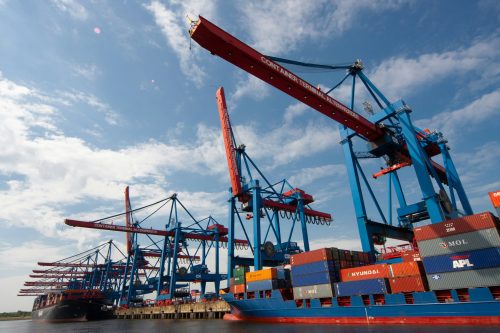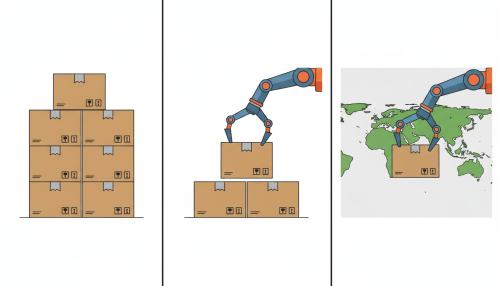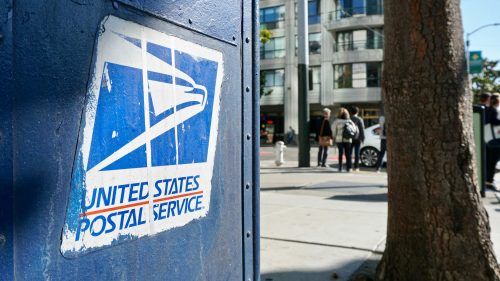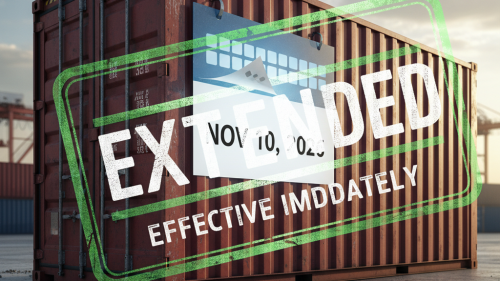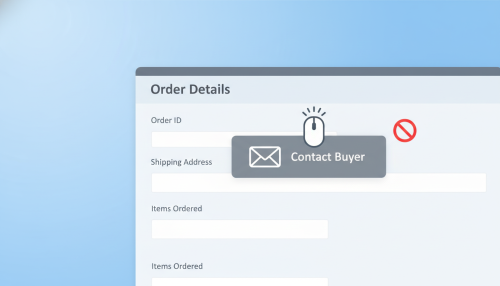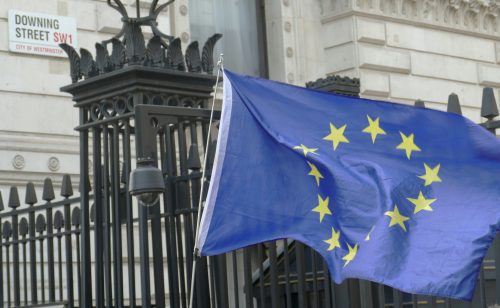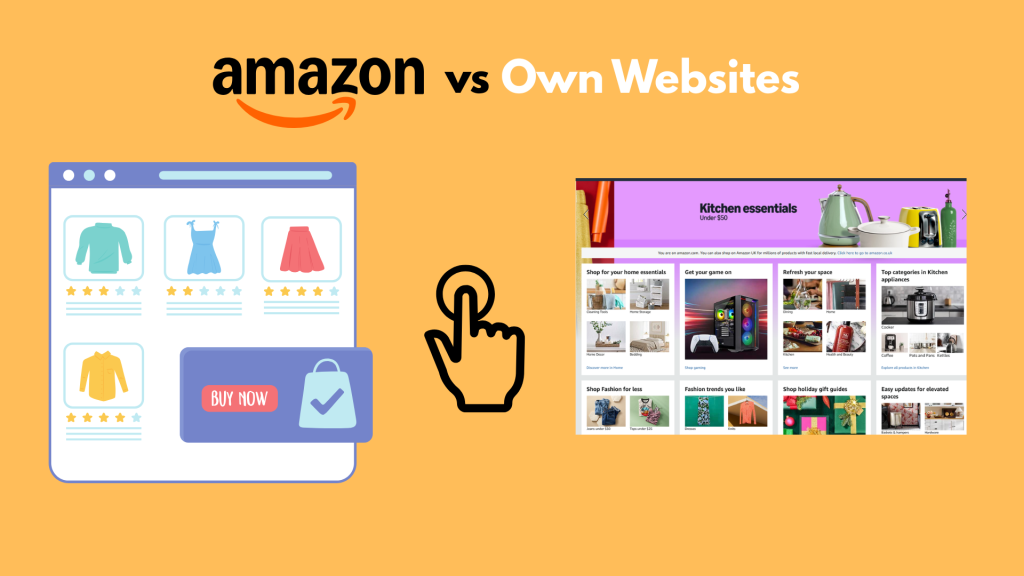
It’s a familiar routine for any online shopper. You find a product you want, perhaps on a social media ad or a blog. You click through to the brand's own website and note the price.
Then, you do the "Amazon check."
You open the Amazon app, type in the same product, and find it for 10%, 15%, or even 20% less. You click "Buy Now," and your Prime order is on its way, leaving you to wonder: Why wouldn't the brand offer the best price on its own site?
After all, selling on Amazon isn't free. Sellers pay referral fees, fulfillment fees, and storage fees that can eat up 15% to 40% of a product's price. Selling directly from their own website (e.g., a Shopify store) costs them a fraction of that.
Logically, the merchant's site should always be cheaper. The fact that it's often not reveals the complex, high-pressure, and often punishing ecosystem that Amazon has built.
The "cheaper" price on Amazon is often a carefully engineered illusion or a strategic necessity. It's less about Amazon being "cheaper" and more about its immense power as a gatekeeper. This power, wielded through its logistics network and its control over the "Buy Box," creates an environment where sellers are heavily disincentivized—and sometimes, algorithmically penalized—for offering better prices on their own sites.
Here’s a breakdown of the four key reasons behind this strange paradox.
The "Free Shipping" Illusion
The most significant factor isn't always the product's price; it's the shipping.
Amazon’s Fulfillment by Amazon (FBA) network is one of the most sophisticated logistics operations on Earth. For a single, massive monthly fee, FBA handles a seller's storage, picking, packing, and—most importantly—shipping.
This allows sellers to offer the "free" two-day Prime shipping that customers now demand. But for a small merchant running their own website, competing with this is financially brutal.
- On the Merchant's Site: A merchant has to pay a carrier (like UPS or FedEx) for every single order. That $30 item might require a $10 shipping and handling fee. The merchant has two choices, neither of them good:
List the item for $30 + $10 shipping. The customer sees the $10 shipping fee at checkout and abandons the cart.
List the item for $40 with "free shipping" by baking the cost in. - On Amazon: That same merchant can list the item for $35 with "free" Prime shipping.
To the customer, $35 looks significantly cheaper than $40, even if the $35 Amazon price has the merchant's FBA fees baked in. The "free" shipping of a Prime membership (which is, of course, not free) masks the true total cost and makes the Amazon price appear lower.
The Battle for the "Buy Box"
On a merchant's own website, they are the only seller. On Amazon, they are in a 24/7 digital knife fight.
Over 80% of all Amazon sales happen through the small "Buy Box" on the right side of the page (the one with the "Add to Cart" and "Buy Now" buttons). If multiple sellers offer the same product, they all must compete to "win" that box.
While Amazon's algorithm for awarding the Buy Box is a secret, the single most important factor is landed price (product price + shipping). This creates a relentless "race to the bottom."
Sellers use automated "repricing" software that scans competitors' prices and lowers their own by a few cents, 24 hours a day, to win the sale. A product's price can fluctuate wildly throughout the day based on this algorithmic warfare. A merchant's website, with its static price, simply can't compete with this level of dynamic, cutthroat competition.
The Chilling Effect of Amazon's Pricing Policies
This is the most critical and least-known reason. Sellers could offer a lower price on their own site to make a higher profit, but they are terrified of being punished by Amazon for doing so.
Amazon's power is absolute. If it detects a product is being sold for less on a competing website (including the seller's own site), it can and does penalize the seller.
While Amazon officially dropped its explicit "price parity" clause in the U.S. after regulatory pressure, it was replaced by the Marketplace Fair Pricing Policy. This policy states that Amazon can penalize sellers for "pricing practices that harm customer trust." One such practice, according to Amazon, is setting a price that is "significantly higher" than recent prices on or off Amazon.
Here’s how it works:
- A seller lists a product for $25 on their own Shopify site.
- To cover Amazon's fees, they list the same product for $30 on Amazon.
- Amazon's algorithms crawl the web and find the $25 price.
- Amazon deems the $30 price "uncompetitive" and penalizes the seller by suppressing the Buy Box.
Losing the Buy Box is a death sentence. The listing becomes nearly invisible, and sales plummet to zero. As documented in a 2023 FTC lawsuit against the company, sellers live in fear of this. To ensure their Amazon listings remain "healthy" and active, they are forced to raise the price on their own website to match the higher Amazon price.
Amazon as the Seller
Finally, there are the products that Amazon sells itself (listed as "Ships from and sold by Amazon.com").
When Amazon is the retailer, it uses its colossal purchasing power to buy products from manufacturers at a volume and discount that no small merchant can access.
More importantly, Amazon is famous for its "loss leader" strategy. It is perfectly willing to sell high-demand products like electronics, books, or popular household goods at or even below its own cost.
Why? Because Amazon isn't just a store; it's an ecosystem. It will happily lose $5 on a best-selling book to get you in the door, knowing you'll also buy a high-margin phone case, some batteries, and renew your Prime membership. A small merchant's website doesn't have that ecosystem. For them, every sale has to be profitable.
"Cheaper" at What Cost?
So, is Amazon truly cheaper? Often, yes. But that lower price isn't a simple bargain.
It's the product of a masterful logistics network that hides shipping costs, a hyper-competitive marketplace that forces prices down, and, most importantly, the immense, anti-competitive pressure Amazon exerts on its own sellers.
The end result is a paradox: a merchant must often increase the price on their own website just to be allowed to sell on Amazon, all while Amazon maintains its public image as the home of the lowest price.

